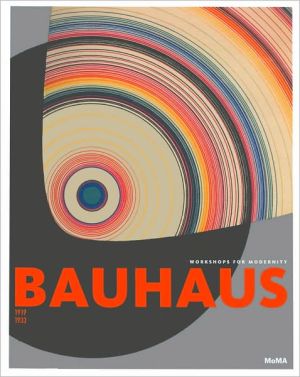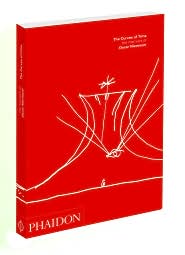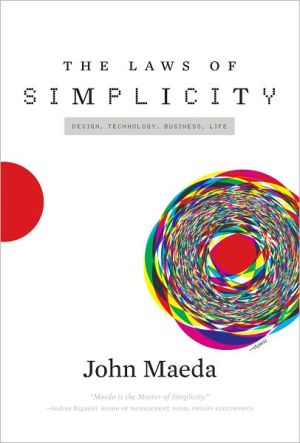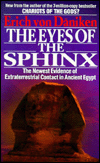Bauhaus 1919-1933
The Bauhaus, the school of art and design founded in Germany in 1919 and shut down by the Nazis in 1933, brought together artists, architects and designers--among them Anni and Josef Albers, Herbert Bayer, Marcel Breuer, Lyonel Feininger, Walter Gropius, Johannes Itten, Vasily Kandinsky, Paul Klee, Laszlo Moholy-Nagy, Lilly Reich, Oskar Schlemmer, Gunta Stolzl--in an extraordinary conversation on the nature of art in the industrial age. Aiming to rethink the form of modern life, the Bauhaus...
Search in google:
Text by Barry Bergdoll, Leah Dickerman, Benjamin H.D. Buchloh, Brigid Doherty, Hal Foster, Charles W. Haxthausen, Andreas Huyssen, Michael Jennings, Juliet Kinchin, Ellen Lupton, Christine Mehring, Detlef Mertins, Marco De Michelis, Peter Nisbet, Paul Monty Paret, Alex Potts, Frederic J. Schwarz, T'ai Smith, Adrian Sudhalter, Klaus Weber, Christopher Wilk, Matthew S. Witkovsky.Library JournalThe Bauhaus is one of the most studied design movements of the 20th century, with a constant and continuing stream of publications about it. This catalog of the American version of a major exhibition co-organized by New York's Museum of Modern Art (MoMA) and several German Bauhaus collections is the museum's first exhibition dedicated to the influential German design school since 1938. Bergdoll and Dickerman (both MoMA curators) provide brief informative essays—Bergdoll on the architecture and building curricula of the school and its influences and influence at the time, and Dickerman on the social and political thinking involved in the multidisciplinary curriculum as it evolved under different directors and in different locations. The book consists of plates of over 400 objects in the exhibition; 30 objects have one- to six-page essays by experts on individual pieces or types, such as Marcel Breuer's tubular furniture or Herbert Bayer's typography. VERDICT Although there are more in-depth and specialized texts on Bauhaus, this book presents an extensive visual overview with a number of unfamiliar examples. For general and academic collections.—Jack Perry Brown, Ryerson & Burnham Libs., Art Inst. of Chicago
\ Library JournalThe Bauhaus is one of the most studied design movements of the 20th century, with a constant and continuing stream of publications about it. This catalog of the American version of a major exhibition co-organized by New York's Museum of Modern Art (MoMA) and several German Bauhaus collections is the museum's first exhibition dedicated to the influential German design school since 1938. Bergdoll and Dickerman (both MoMA curators) provide brief informative essays—Bergdoll on the architecture and building curricula of the school and its influences and influence at the time, and Dickerman on the social and political thinking involved in the multidisciplinary curriculum as it evolved under different directors and in different locations. The book consists of plates of over 400 objects in the exhibition; 30 objects have one- to six-page essays by experts on individual pieces or types, such as Marcel Breuer's tubular furniture or Herbert Bayer's typography. VERDICT Although there are more in-depth and specialized texts on Bauhaus, this book presents an extensive visual overview with a number of unfamiliar examples. For general and academic collections.—Jack Perry Brown, Ryerson & Burnham Libs., Art Inst. of Chicago\ \








